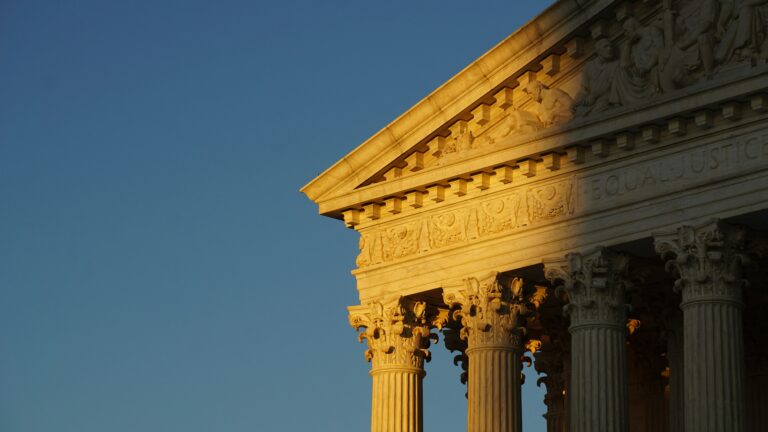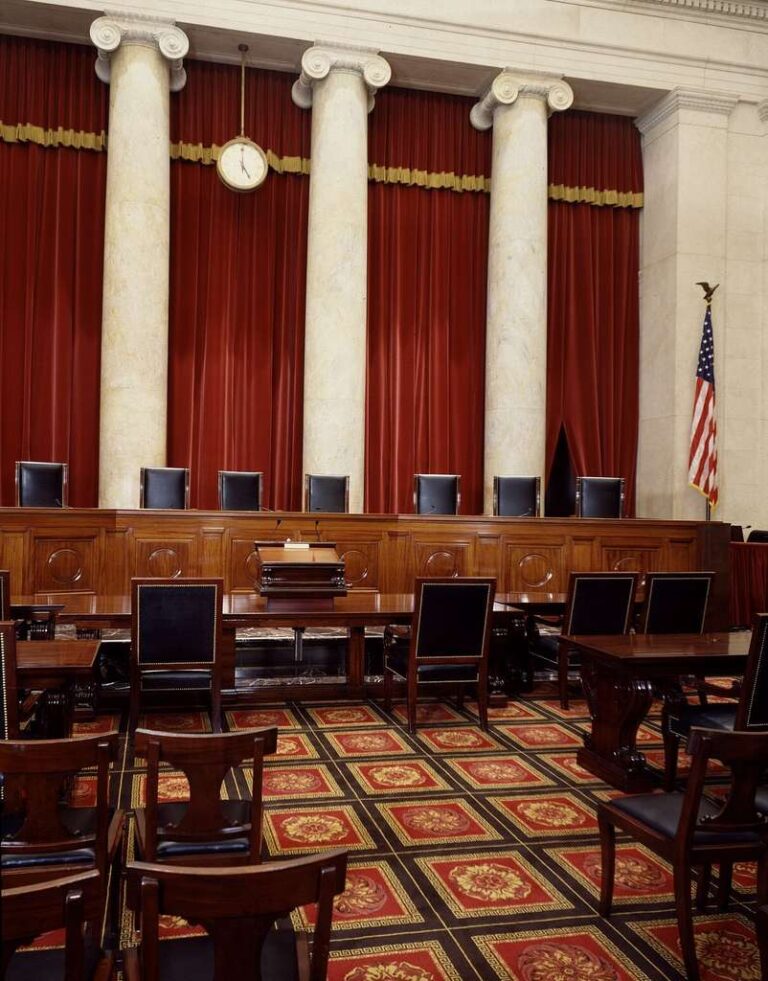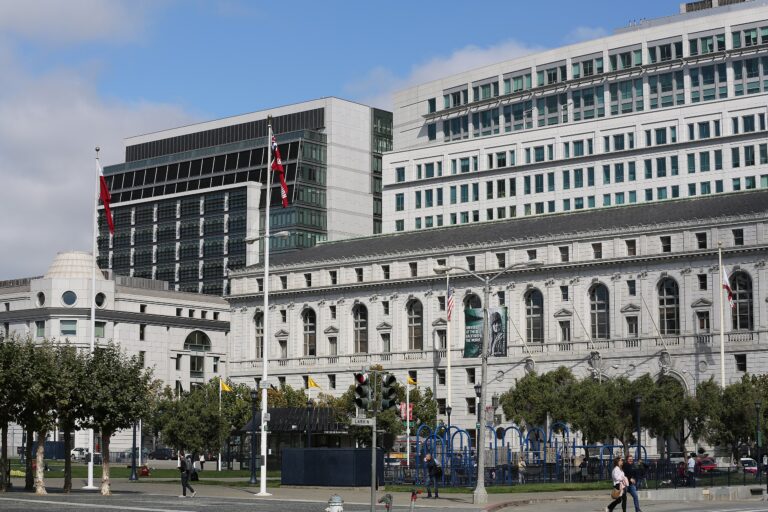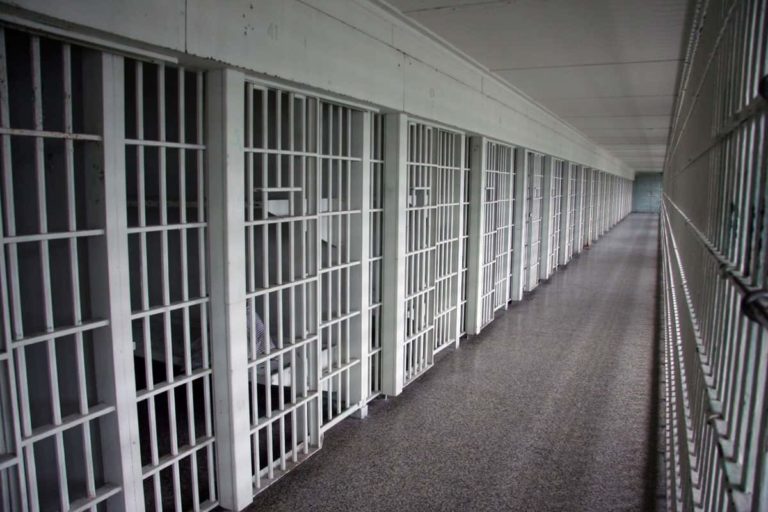
Kevin Vazquez is a staff attorney at the International Brotherhood of Teamsters. He graduated from Harvard Law School in 2023. The opinions he expresses on this blog are his own and should not be attributed to the IBT.
There is little doubt what a second Trump administration portends for the National Labor Relations Board (“NLRB”). As his first term (and first, second, and third campaigns) indicated, labor law is not a particular area of policy interest for Trump, despite his and his party’s claims to represent the interests of the working class. Thus, upon reassuming office, Trump will likely again outsource labor law policymaking to the same management interests that have traditionally shaped the Republican Party’s labor platform. In other words, a Trump II NLRB is likely to offer little more than a second helping of what was served by the Trump I NLRB—that is, rolling back the prolabor accomplishments of the previous Board and generally circumscribing unions and workers’ rights under the National Labor Relations Act (“NLRA”). Indeed, the Trump II Board will surely seek to reverse many if not all the Biden Board’s signature achievements, including its Cemex doctrine, its streamlined representation process and expanded joint employer rules, and even its recent ruling banning captive audience meetings, among a host of other decisions and rulemakings that have expanded the scope of the NLRA’s coverage and made it easier for workers to form or join unions and bargain collectively with their bosses. Trump is also likely to immediately move to oust Jennifer Abruzzo, who has been one of the most ardently prolabor General Counsels in history, as Biden did with her predecessor in 2021—a then-unprecedented move subsequently sanctioned by the federal judiciary. Though the likely substance of the Trump administration’s reshaping of labor law is clear, however, the speed with which this will transpire remains to be seen. Particularly, it is unclear whether Trump will—or could—up the ante by attempting to remove and replace Biden’s Board appointees, as well.
The NLRA prescribes that NLRB members are to serve five-year terms, and it authorizes the President to prematurely remove them from office only under certain narrow circumstances—namely, for “neglect of duty or malfeasance in office, but for no other cause.” Thus, Presidents traditionally make appointments to the Board only upon the expiration of the terms of their predecessors’ appointees. Since the Board’s five members serve staggered terms, this means Presidents ordinarily must wait two years for their appointees to assume majority status. For instance, if current Chair Lauren McFerran’s recent renomination is confirmed before Trump’s inauguration, Democratic-appointed Board members will retain their present majority until 2026.
Nonetheless, a growing chorus of conservative and business-aligned legal organizations have begun to challenge limitations on the President’s removal authority, both generally and in the specific context of the NLRB. These arguments are rooted in the unitary executive theory, which, in short, posits that Article II, Section 1 of the U.S. Constitution vests the federal government’s executive powers exclusively in the President. Any restrictions on the President’s ability to remove executive officers, according to the theory’s exponents, impinge on this constitutional authority, as well as the President’s constitutional obligation under Article II, Section 3 to “take Care that the Laws be faithfully executed,” and are therefore unconstitutional. Thus, the theory runs, since NLRB members exercise executive power, they must be subject to the President’s control, and any limitations on their removal contravene Article II.
The problem with this argument is that it runs headfirst into longstanding Supreme Court precedent. Indeed, the Court squarely addressed this question nearly nine decades ago in Humphrey’s Executor v. United States, holding that the Federal Trade Commission Act, which permits the President to remove FTC Commissioners only “for inefficiency, neglect of duty, or malfeasance in office,” does not run afoul of Article II or any other constitutional provision. The FTC, like the NLRB, is a multimember independent regulatory agency, and FTC Commissioners wield rulemaking and adjudicatory powers similar to those possessed by NLRB members. Under Humphrey’s Executor, then, there is little question that the President’s inability to remove Board members at will is not constitutionally infirm.
To be sure, the unitary executive theory appears to have gained currency with the Supreme Court’s conservative supermajority. In several recent cases, the Court has eroded congressional power to limit the President’s removal authority, and some of these have called into question the underpinnings of Humphrey’s Executor. First, in 2010, the Court held in Free Enterprise Fund v. Public Company Accounting Oversight Board that executive officers may not, consistent with Article II, be insulated by two layers of for-cause removal. Such a “dual layer” of protection from presidential removal, the Court held, “contradict[ed] Article II’s vesting of the executive power in the President” and was therefore unconstitutional. Second, in Seila Law LLC v. CFPB in 2020, the Court ruled that the Dodd-Frank Act’s limitations on the President’s ability to remove the Director of the Consumer Financial Protection Bureau was likewise unconstitutional. In so holding, the Court narrowly construed Humphrey’s Executor and characterized it as an “exception” to the President’s otherwise “unrestricted removal power” over executive officials. Nonetheless, the Court expressly declined to overrule Humphrey’s Executor, and its central holding remains good law.
Even so, some federal courts—particularly those in Texas, the crucible of the archconservative and increasingly emboldened Fifth Circuit—have proven receptive to claims that any limitations on presidential removal of agency heads are unconstitutional. Most notably, as John has documented for OnLabor, earlier this year, in Space Exploration Technologies Corp. v. NLRB, a judge in the Western District of Texas preliminarily enjoined the NLRB from proceeding against SpaceX, based in part on the court’s finding that Board members’ insulation from presidential removal likely violated Article II. Though its reasoning on this point was sparse, the court held that the NLRB did not fall under the Humphrey’s Executor exception because FTC Commissioners may be removed for “inefficiency,” while NLRB members may not, and, furthermore, the latter “wield substantial executive power” unpossessed by the former. This distinction, of course, is an exceedingly thin reed upon which to rest such a weighty holding, and several other district courts have declined to follow suit. In particular, in Yapp U.S. Auto Systems v. NLRB, a judge in the Eastern District of Michigan, refusing to distinguish Humphrey’s Executor, rejected the argument that Board members are unconstitutionally insulated from removal. On an emergency application for an injunction in October, the Supreme Court declined to intervene.
Still, Trump is no stranger to transgressing longstanding governmental norms, and it is unclear whether the Supreme Court would have any appetite to interfere in the event Trump opted to preemptively depose Biden’s NLRB appointees and install his own in their place. Although Humphrey’s Executor remains controlling precedent, the current unitary-executive-curious Court has made clear that it holds the decisionin low esteem, and a majority of Justices may well embrace the opportunity to further narrow or even outright overrule it. Indeed, in recent years, the Court—three members of which were appointed by Trump—has demonstrated little concern for disregarding or overturning precedent and scant interest in reigning in Trump’s excesses or stifling the Republican Party’s authoritarian pretensions. All told, whether the Supreme Court would protect the NLRB from Trump’s overriding ambition to remake the federal government in his own image is, unfortunately, anyone’s guess.










Daily News & Commentary
Start your day with our roundup of the latest labor developments. See all
October 7
The Supreme Court kicks off its latest term, granting and declining certiorari in several labor-related cases.
October 6
EEOC regains quorum; Second Circuit issues opinion on DEI causing hostile work environment.
October 5
In today’s news and commentary, HELP committee schedules a vote on Trump’s NLRB nominees, the 5th Circuit rejects Amazon’s request for en banc review, and TV production workers win their first union contract. After a nomination hearing on Wednesday, the Health, Education, Labor and Pensions Committee scheduled a committee vote on President Trump’s NLRB nominees […]
October 3
California legislation empowers state labor board; ChatGPT used in hostile workplace case; more lawsuits challenge ICE arrests
October 2
AFGE and AFSCME sue in response to the threat of mass firings; another preliminary injunction preventing Trump from stripping some federal workers of collective bargaining rights; and challenges to state laws banning captive audience meetings.
September 30
the NTEU petitions for reconsideration for the CFPB layoff scheme, an insurance company defeats a FLSA claim, and a construction company violated the NLRA by surveilling its unionized workers.